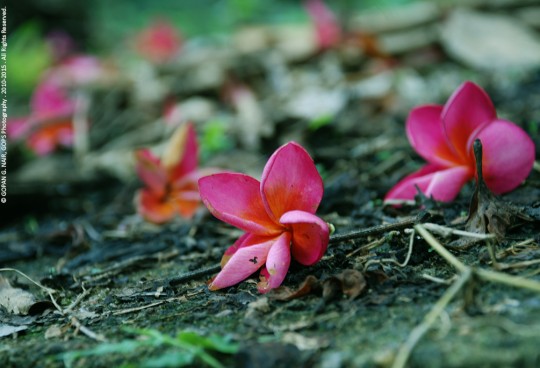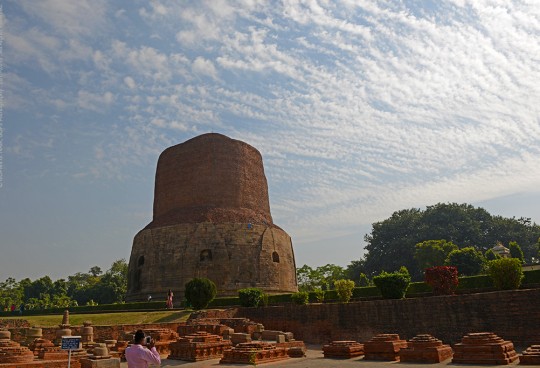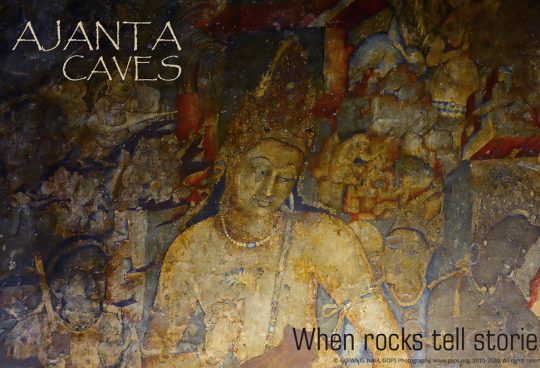‘Hoy, Sala !” in Kannada means “Strike Sala!”, a phrase derived from Kannada folklore. Legend has it that a young boy named Sala fought a lion (or tiger) to save his Jain Guru named Sudatta. This valiant warrior later founded the Hoysala empire, with the depiction of this event becoming the emblem of the Hoysala dynasty.
The Hoysala Empire governed the Deccan Plateau area in Southern India from the 10th to the 14th centuries. They crafted a unique architectural style and constructed numerous remarkable structures throughout their realm, thereby influencing the culture of the region. Many of these architectural marvels can still be found in Karnataka, with the most notable ones listed as follows:
Click the name of a temple to go through a photo tour.
| TEMPLE / PLACE | YEAR | KING |
| Chennakesava Belur | 1117 | Vishnuvardhana |
| Hoysaleswara Halebidu | 1120 | Vishnuvardhana |
| Kedareshwara Halebidu | 1200 | Veera Ballala II |
| Veeranarayana Belavadi | 1200 | Veera Ballala II |
| Ishvara (Shivalaya) Arsikere | 1200 | Veera Ballala II |
| Kesava Somanathapura | 1268 | Narasimha III |

STATUE OF SALA FIGHTING THE LION AT THE ENTRANCE OF CHENNAKESAVA TEMPLE, BELUR. EMBLEM OF HOYSALA EMPIRE
Belavadi, a quaint village positioned 10 kilometers to the northwest of Halebid (Halebeedu), the former capital of the Hoysala kingdom, is also referred to as Ekachakranagara. Located 29 kilometers from Chikmagalur, it is a focal point for various stunning temples.
The Sri Veeranarayana Temple in Belavadi is a prime example of the distinctive Hoysala architectural style. This temple, like other Hoysala masterpieces, is constructed from soapstone. King Veera Ballala II commissioned the temple’s construction in 1200 AD. The grand entrance is adorned with elephant statues on either side. The temple features a trikuta structure with three shrines, each with a complete superstructure. The main idol of Sri Veeranarayana is positioned in the center facing East, while Sri Venugopala (Krishna) faces North and Sri Yoganarasimha faces South. The spacious mantapas are supported by a large number of lathe-turned stone pillars. The Venugopala idol in this temple is considered to be the most perfect and beautiful one in existence today.
How To Reach Belavadi :
By Road :-
(Distance 251 Km) Bangalore – Nelamangala – Hassan – Belur – Halebid – Belavadi.
(Distance 227 Km) Bangalore – Nelamangala – Hassan – Hagare – Halebid – Belavadi.
ISHVARA TEMPLE, ARSIKEREArsikere, translated from Kannada as the ‘Queen’s Pond’, is a quaint town situated in the Hassan district of Karnataka. Renowned for the Shiva temple constructed by Hoysala King Veera Ballala II in 1220 AD, this temple, also known as Shivalaya, Ishvara Temple, or Chandramouleshwara temple, showcases the exquisite craftsmanship of the Hoysala dynasty. Crafted from soapstone, the temple boasts stunning sculptures and intricate carvings typical of Hoysala architecture. One distinctive feature of this temple is its 16-pointed star-shaped mantapa (hall) covered by a dome, setting it apart from other Hoysala temples. The opulence and grandeur of the Hoysalas are palpable in every aspect of this temple.
How To Reach Arsikere :
By Road :-
(Distance 194 Km) Bangalore – Nelamangala – Baragur – Arsikere.

















Ezhil Ramalingam
May 19, 2015
“Marvelous” is the best word to describe this !!! Felt as if I had been there !!!
GOPAN NAIR
May 19, 2015
Thank you very much dear Sir. Your usual support is invaluable.
Mohan
March 20, 2022
Sir,very beautiful photographs! Thanks.
GOPAN NAIR
March 21, 2022
Thank you very much.